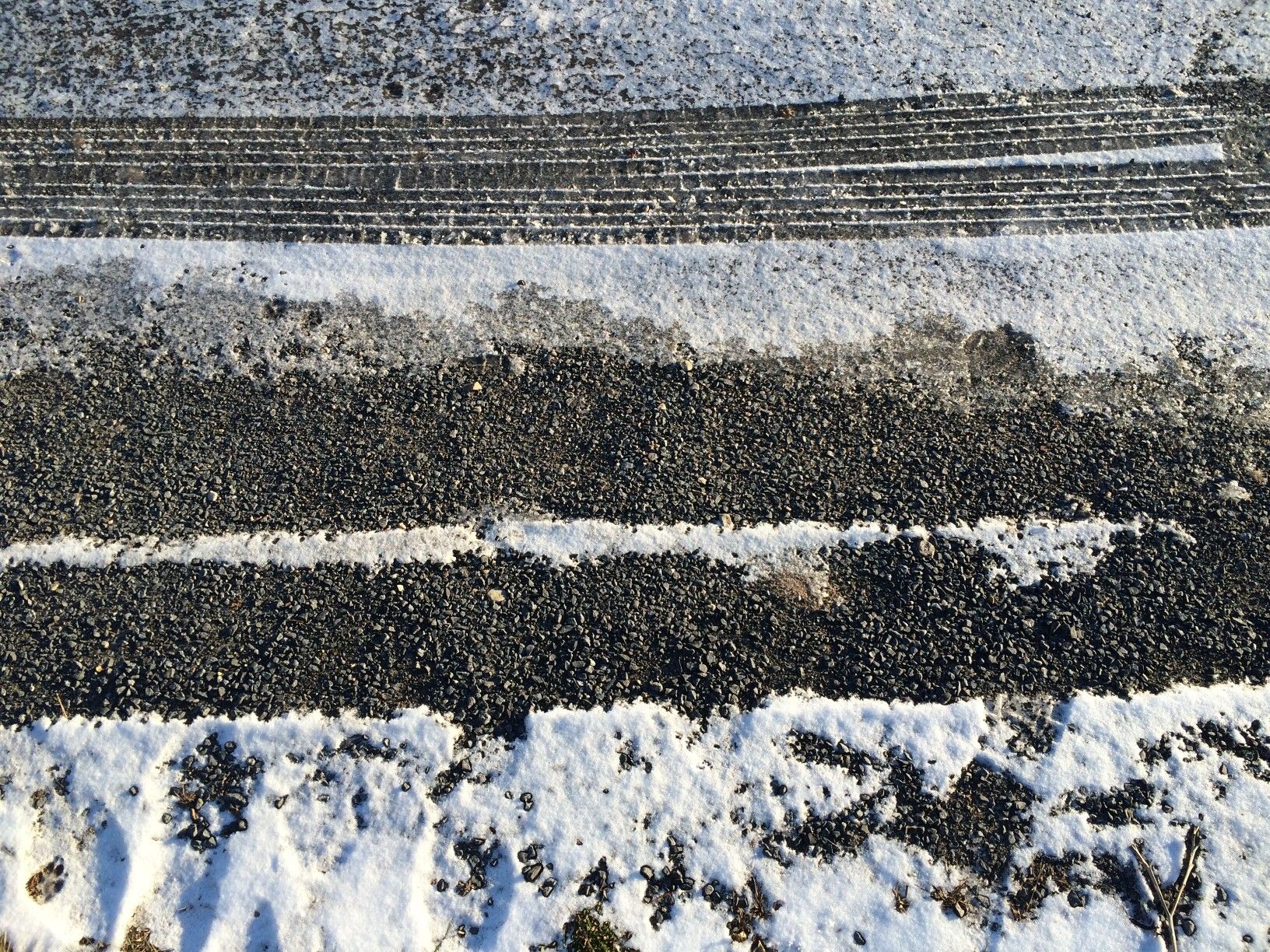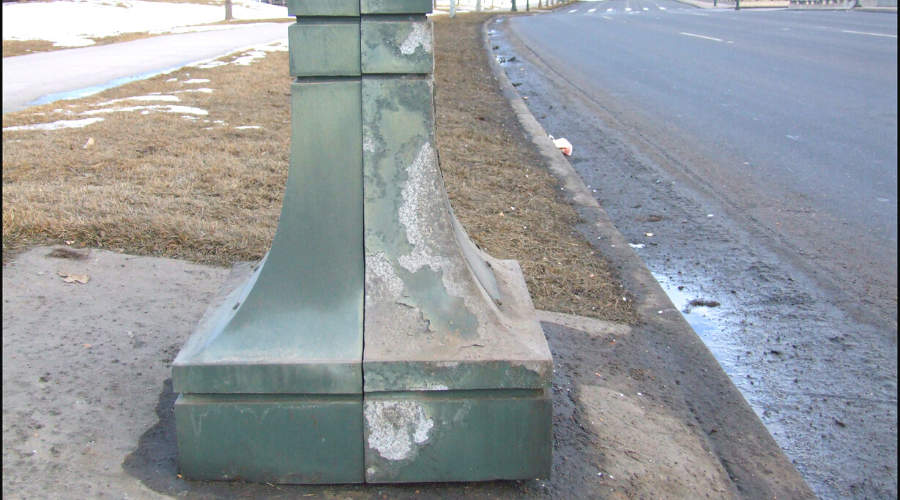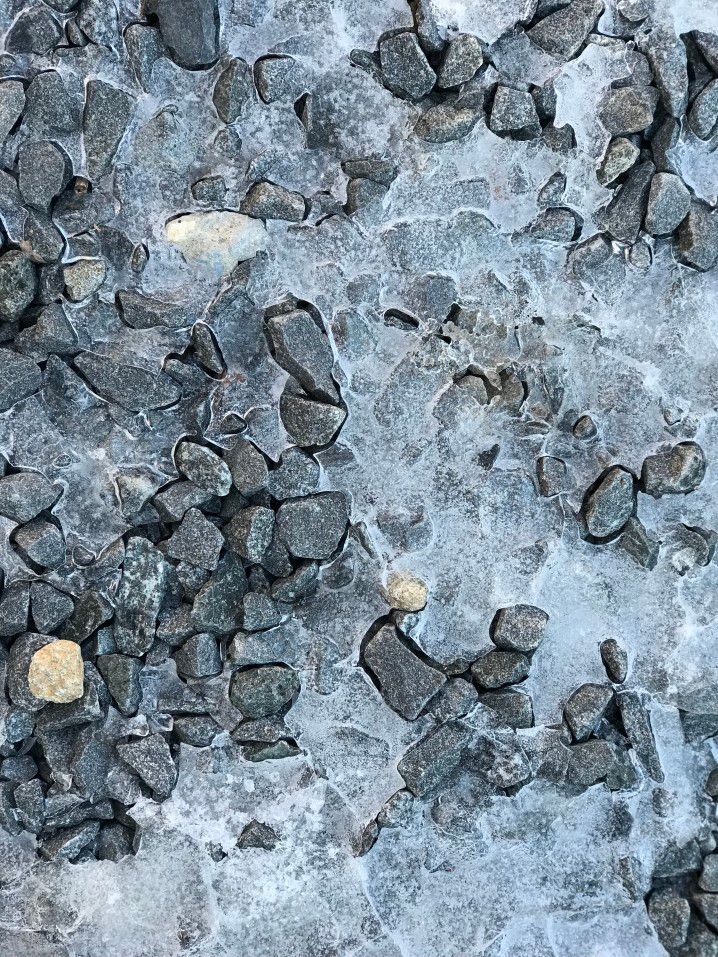Magnesium chloride vs calcium chloride: which one is the better ice melt for you? The answer to the magnesium chloride vs calcium chloride questions is not always the same. Depending on the weather patterns where you live, and the building materials that your sidewalks, driveways, and porches are made out of, there are numerous factors that go into determining which is best for you.
In this article, we discuss all of the above, and then some, to help you determine whether magnesium chloride or calcium chloride ice melts are better for you.
What Are Magnesium Chloride and Calcium Chloride Ice Melts?
Ice melts are chemical compounds that lower the freezing point of water. When applied to ice they allow it to melt from your driveway or sidewalk even in freezing temperatures.
Salts like sodium chloride, magnesium chloride, and calcium chloride are the most popular salt-type ice melts. Many brands of ice melts are available and each may contain one or more chemical compounds.
Calcium chloride ice melt is made from underground brine deposits. It’s sold as flakes or pellets and can melt ice in below 0°F. In fact, calcium chloride can lower the freezing temperature of water to -59°F.
Magnesium chloride is a naturally occurring compound mostly found in seawater. It’s processed to make an effective ice melt. Magnesium chloride is a flakey compound that is clear to off-white.
When magnesium chloride comes into contact with ice, it starts melting the ice as fast as calcium chloride. However, magnesium chloride has a more limited temperature range for melting ice.
Magnesium Chloride vs. Calcium Chloride Ice Melt
Both magnesium chloride and calcium chloride work quickly to melt snow and ice. However, there are slight differences that can make one a better choice for your ice melting needs. Knowing the difference can save you a trip to the emergency room or even a costly repair bill for your sidewalks and driveway.
Magnesium Chloride Ice Melts
Some consider magnesium chloride to be the best total ice melt. It’s less irritating to the skin than other ice melts and is safe for the environment. It’s effective at temperatures greater than 0°F. Once dissolved into a slurry, magnesium chloride leaves very little residue, reducing the need for cleanup.
Magnesium chloride ice melts aren’t without drawbacks. Magnesium chloride can corrode metal surfaces, contributing to damage and rust on your vehicles. It can also damage concrete.
While magnesium chloride doesn’t directly attack the concrete like some other ice melts, it increases the amount of water that seeps into pores in the concrete. This creates damage through freeze-induced expansion. Concrete that is less than one-year-old is at the greatest risk of being damaged by magnesium chloride ice melts. Using the smallest amount possible will reduce the amount of damage.
Magnesium chloride ice melts work both to prevent ice from forming and to melt ice that has already formed. This allows you to spread a small amount of product before or during a snowstorm without worry that the product will be ineffective.
Pros
- Magnesium chloride is quick-acting with near-instant results.
- It is an environmentally friendly product.
- Using magnesium chloride causes minimal damage to surfaces.
- It causes less irritation if you are accidentally exposed.
- Magnesium chloride ice melts leave very little residue protecting the inside of your home from damage.
Cons
- It is more expensive than other ice melts and can cost twice as much as calcium chloride.
- Magnesium chloride ice melts are only effective at temperatures above 0°F which may not be suitable for the coldest climates.
Calcium Chloride Ice Melts
Calcium chloride ice melts are an incredibly popular choice for businesses, governments, and homeowners. Calcium chloride is effective in the most extreme environments. This is because it generates heat as it dissolves into the ice. Calcium chloride works quickly, melting ice almost instantly. It can be a cost-effective option since one ounce of calcium chloride can melt twice the amount of ice as one ounce of magnesium chloride.
However, using calcium chloride ice melts can have negative effects. Like most ice melts, calcium chloride can be harmful to pets. You should always clean your pet’s feet after exposure to ice melts to prevent irritation or burns from occurring.
Additionally, calcium chloride ice melts can corrode metals, damaging your car. Overapplication of calcium chloride ice melts can lead to plant damage. It can also damage concrete but is generally considered to be less damaging to concrete than other ice melts. If tracked inside, calcium chloride can leave an oily residue that is difficult to remove.
Calcium chloride ice melts can be used to prevent ice from forming. Spreading a small, uniform amount over driveways and sidewalks before snow or freezing rain falls will prevent ice helping to keep your surfaces safe.
Pros
- Calcium chloride ice melts are effective in extreme temperatures as low as -25°F
- These ice melts are incredibly quick acting with a large melting capacity.
- The EPA considers calcium chloride ice melts environmentally safe to use.
- It’s less damaging to surfaces, such as concrete, than other ice melts.
Cons
- Calcium chloride is more expensive than rock salt.
- Overapplication of calcium chloride ice melts can damage plants.
FAQs
How do I minimize the negative effects of using ice melts?
The longer an ice melt sits on a surface, the more damage can occur. Reduce any potential damage by scooping up the salty slush and disposing of it.
When shoveling, be careful not to shovel snow mixed with ice melt onto your lawn to avoid damaging the vegetation. By applying ice melt only when necessary and removing the slush once it has done its job, you’ll reduce the potential for damage.
This signpost is corroding due to repeated applications of the de-icer magnesium chloride. Location: Speer Boulevard, near Arapaho Street, in Denver, Colorado. Photo: (CC BY-ND 2.0) by Jeffrey Beall
How should I store my ice melt?
Both magnesium chloride and calcium chloride are hygroscopic compounds. This means that you want to store your ice melt in a tightly sealed container away from moisture to prevent the product from absorbing too much liquid and turning into a liquid.
You can store unopened packages flat in a cool, dry place. Storing bags upright can put too much pressure on the seams and cause the bag to burst.
How do I apply calcium chloride or magnesium chloride ice melts?
You should use caution when applying ice melts since they are chemical compounds that can cause skin irritation or burns. Wear protective gloves and eyewear whenever you are applying ice melts.
You should only use the recommended amount and consider using a mechanical spreader to coat surfaces as evenly as possible.
Can I use ice melts to remove ice from my roof?
No, it’s not recommended to use ice melts on your roof. Ice and ice dams that form on your roof can cause serious problems for your home. It’s best to have a professional come inspect your roof to help determine the reason ice is forming.
Conclusion: Magnesium Chloride vs. Calcium Chloride Ice Melt
Understanding the differences between magnesium chloride and calcium chloride is a significant factor when searching for the best ice melt for your sidewalks and driveways. The last thing you want to do is waste money on a product that doesn't work for your driveway, or even worse, a product that damages your sidewalks and driveways.
If you happen to be in the market for the best ice melts for your roof, you may find our latest piece on the best roof melt extra useful. In addition, we also put together a piece about the best pet-safe ice melts for all of our readers out there with fur buddies to look after. Which do you prefer between magnesium chloride vs calcium chloride? Is there a particular product that you'd like to share with our audience? We would love to hear from you in the comments section below!
Still not convinced that these ice melts are the best way to go for you? You may be interested in our walk-behind ice spreader review.





